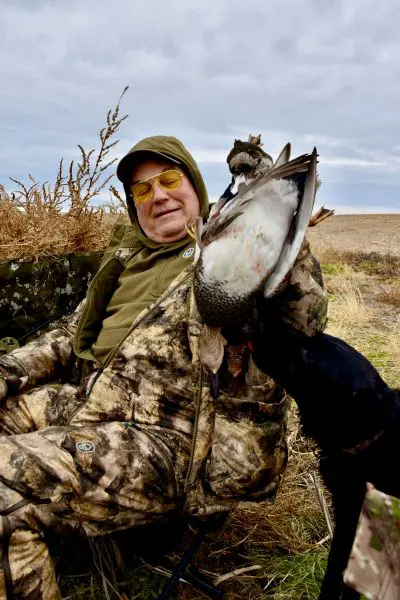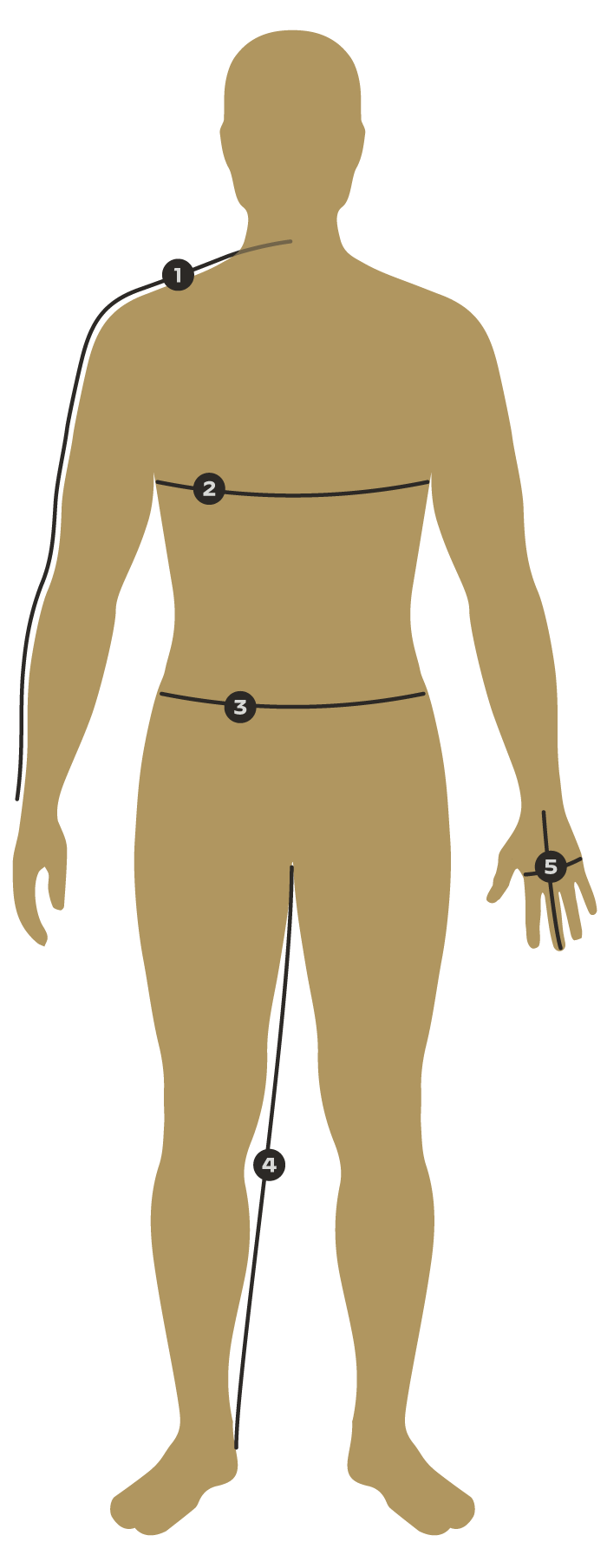I’ll never forget the first gadwall I shot, even though it was 50 years ago, for a couple of reasons. Number one, it was the first gadwall I’d ever seen or shot, and it was part of the first double I’d ever shot.
My high school friend, Doug Haenlien, had some connections with the caretaker at the Stork Marsh, a private hunt club near Saginaw, Michigan. The marsh is now part of the Crow Island State Game area. Doug got us permission to hunt the marsh on a weekday when other members weren’t hunting. We were in high school.
We slipped a small boat in off the side of the road and rowed out into the marsh. We didn’t have to go far. Ducks were swarming as we threw out a few decoys. We weren’t hidden very long when a pair of ducks hovered above the decoys. I killed them both, and they turned out to be gadwall. I can’t recall killing a gadwall in Michigan since then.
Gadwall are becoming an increasingly common component of the bag for waterfowlers and a welcome addition. A medium-sized puddle duck, the gadwall breeds across the Great Lakes and the Northern Great Plains, the infamous Prairie Pothole Region, into Alberta and British Columbia, and the Intermountain West, including California. Gadwall can be found wintering across the United States and Mexico.

A key to identifying gadwalls on the wing is the lack of colors you see on other waterfowl. A medium to large duck, the gadwall is the only duck with a white speculum in North America and is a dead giveaway in flight. Otherwise, a lack of color and the nickname gray duck are helpful ID cues. Hen gadwalls make a higher-pitched and more raspy quack than a hen mallard. Drake gadwalls make a distinctive dink… dink… dink … call similar to the kreek… kreek … kreek… of a drake mallard.
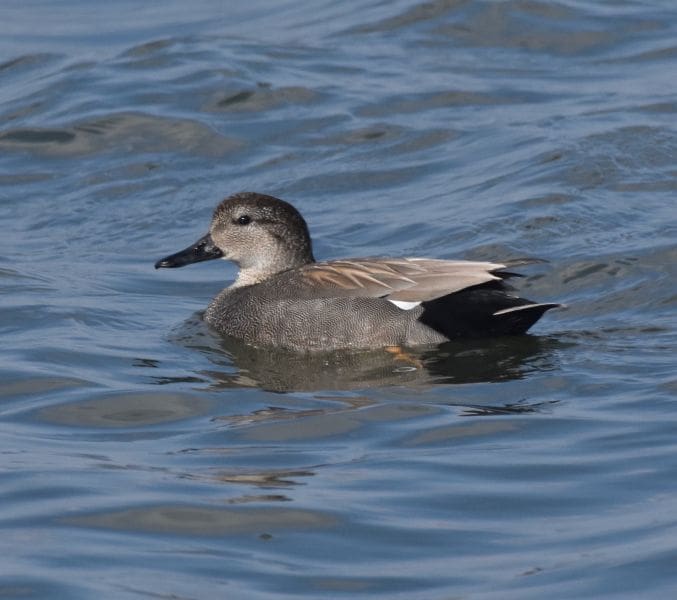
- Gadwalls are strikingly handsome.
Gadwall prefer grasslands and upland coverts in close proximity to water for nesting and show an affinity for nesting on islands. Gadwall numbers exploded during the height of CRP sign-up and a series of wet years, along with every other waterfowl species. But as CRP enrollment and a succession of dry years have seriously impacted mallard populations, gadwall have more than held their own. “It could have something to do with their feeding ecology (forage on submerged aquatic plants, etc.) and wetland selection,” said Director of Conservation Science & Planning, Dr. John Coluccy. “Gadwalls tend to nest near and favor more permanent wetlands, which typically have lots of submerged aquatics and are less susceptible to drainage and drought. Thus, perhaps they are more “drought resistant” than mallards. The reason is likely much more complex than that, though.”
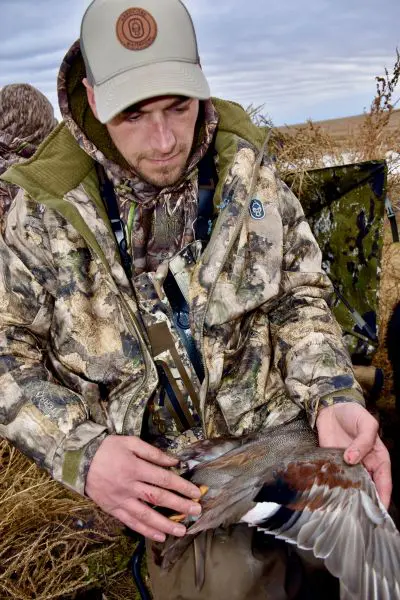
- Gadwalls lack the vivid colors of many puddle ducks, but their subtle colors are still striking
Gadwall experienced a population decline from 2.561 million in 2023 to 2.284 million in 2024, but the number is still 11 percent above their long-term average. Researchers estimate gadwall harvest is highest in the Mississippi Flyway, accounting for 40 to 50 percent of the total US harvest annually. A large percentage of that harvest occurs in southern states like Missouri, Louisiana, and Arkansas. Hunters there are more than happy to see more gaddies, considering the decline in mallard numbers across the region in recent years. In 2022, Louisiana waterfowlers harvested 64,723 gadwalls. Arkansas accounted for another 126,478 gray ducks. Missouri hunter bagged 31,877 gadwalls during the 2022 season. Louisiana hunters only harvested 23,434 mallards that year.
The long-term average for gadwall harvest across the four flyways is as follows: Atlantic Flyway- 51,507, Mississippi Flyway- 798,268, Central Flyway- 425,572, and Pacific Flyway- 161,466 (US total- 1,436,939). Percentage-wise, the Atlantic Flyway harvests 3% of the gadwall in any given year, the Mississippi Flyway accounts for 56% of the harvest, the Central Flyway 30% and the Pacific Flyway 11%.
“Gadwall make up a pretty good portion of the waterfowl harvest in North Dakota,” said North Dakota Migratory Gamebird Biologist John Palarski. “Gadwall made up 18.3% of the harvest in North Dakota in 2024, and they are the third most common duck harvested. They typically make up somewhere between 15 and 20% of the annual harvest any given year,” said Palarski.
Palarski said you can up your odds of seeing and shooting gadwall by targeting water. “A lot of waterfowlers come to North Dakota looking for the big tornado of mallards in the fields, but if you’re interested in shooting a variety of ducks, like gadwall, you’re better off targeting water.”
Palarski said that gadwalls, being late nesters, benefited from the rains in North Dakota last May. Although down an estimated 26% this year, and far below the numbers seen during the 1994-2016 heyday, gadwalls are a viable option when mallards are scarce.
Friend Tod Connor is lucky. He married into great duck hunting. His wife, Tulip, is an Arkansas girl whose family lives for duck hunting. Tod was welcomed into the family and the duck hunting tradition with open arms. He makes an annual pilgrimage to “The Natural State” that typically takes in the last four days of the duck season. His relatives have the option of hunting flooded timber or rice fields. Tod says he prefers the rice fields. “You tend to get more variety in the rice fields than in the timber,” he said. His in-laws have five fields leased between the Black and Cashe rivers in prime duck country.
Connor said one thing he’s noticed is more gadwalls in the bag. No one is complaining. “I think last year, of the 60 birds we harvested during the four days, 12 or 15 of them were gadwalls. We love gadwalls. They’re good-sized birds, work the decoys well, and are just as good as any other puddle duck on the table,” he said.
Because of the changes in the types of ducks they’re seeing, Connor said they’ve made some modifications in their decoy spread. “We’ve added more pintails and gadwall to the spread and fewer mallards,” he said. “Last year, we saw a ton of pintails, but you could only shoot one, so we added more gadwall to the spread. A little group of gadwall decoys off to the side really seemed to do the trick.”

- Gadwall will work to a mallard spread, but it helps to add gadwall decoys when there are gray ducks around.
Adding gadwalls to the spread can make the difference between an average day and a good shoot. Lifelike, species-specific decoys, like Hardcore’s Rugged Series Gadwall Decoys, can help lure shy gray ducks into range.
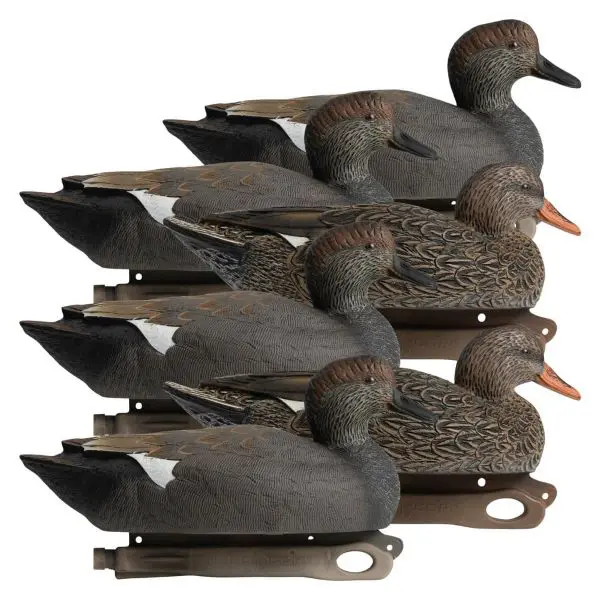
The true-to-life paint schemes and superior feather detail on these decoys are the epitome of realism. Rugged Series Gadwall Decoys are created with cutting-edge FowlFlex™ Technology, ensuring durability to withstand years of tough hunting conditions. The paint schemes match the subtle nuances of gadwalls right down to the drake’s gray speckled head and stripped wing scapulas. Even the hen gadwall’s muted tones are spot on. The innovative WhaleTail Keel adds subtle movements to your spread, even in minimal winds, and provides a life-like dimension to your setup. With four drakes and two hens per half dozen, the mix mimics the sex ratio you see in the wild.
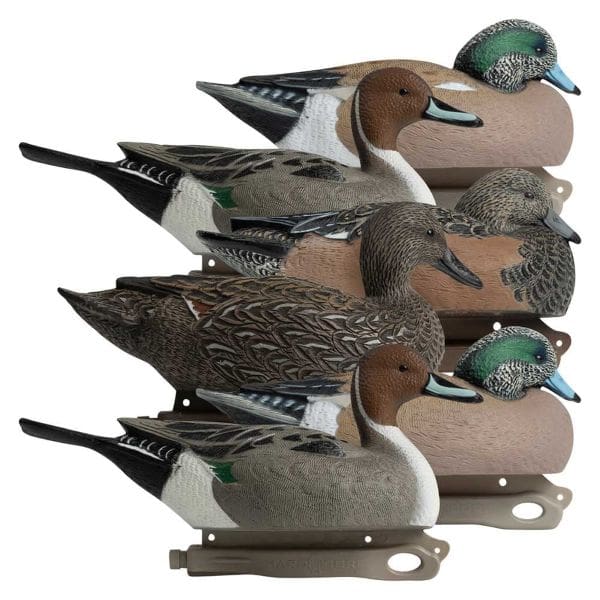
Another option for customizing your decoy spread is Hardcore’s Rugged Series Whistler Pack, Gadwall, widgeon, and pintails have a habitat of hanging out together, so decoys imitating those species appeal to all three birds. It’s not uncommon to see all three species in the same flock, especially in the Central Flyway. This season may be the ideal year to add a Whistler Pack or two to the spread because widgeon numbers were up 55% during the most recent survey, the option for three pintails in the daily bag limit during the 2025-2026 season is being offered by USFS under their Adapative Harvest Management model, and gadwalls continue to be abundant.
Last year produced the typical waterfowl smorgasbord during our North Dakota hunt. Prospects were not good when we arrived. Mild weather had not pushed any new birds south, and the ones that remained were stale and wise. Cold weather coincided with our arrival, though, and a pulse of new birds elevated our expectations.
The first morning’s hunt produced the typical North Dakota smorgasbord that we love. Flocks of green-wing teal buzzed the decoys, and we all got our trigger fingers some exercise. A couple of stud drake widgeon made a fatal mistake. A constant stream of divers staffed the outside edge of the set, and some bluebills ventured too close. We added a couple of greenheads and a boss drake shoveler whose plumage was as nice as they get in North Dakota. The smorgasbord continued until the very last day.
Weary after a week of hard hunting, we weren’t too enthusiastic about setting a huge spread the last morning. We’d found a concentration of a couple of hundred birds in a shallow finger off the main lake. There wasn’t much for cover, but we found plenty of tumbleweed to hide our pop-up blinds. We tossed out a couple of dozen Hardcore Rugged Series mallards in one bunch and another two dozen widgeon, pintails, and gadwalls in another with a sizeable gap in between. Good-sized ducks wheeled over us nonstop in the faint light, and we could hear hoarse quacks and feeding chuckles from where the birds were pitching in 150 years from us.
At shooting time, the ducks continued to pour into the shallows not far from us but refused to commit to our decoys. They would show interest, make a wide pass, and then pitch into the live birds. I was sure from their outline and their raspy quacks that the majority of them were gadwall. We reasoned they’d been hunted, we weren’t hidden well enough, or they were just being wily ducks. The ducks weren’t flaring but just being frustratingly shy. Finally, a couple of singles ventured too close and confirmed our suspicion. My Lab, Samson, retrieved the birds that turned out to be gadwalls, including a handsome drake.
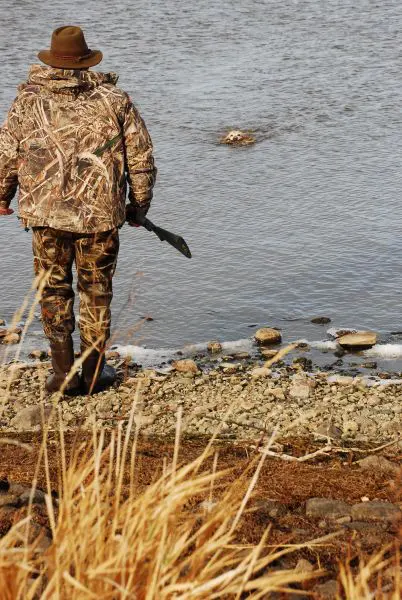
- A waterfowl hunter waits for his Lab to retrieve a gadwall.
We resolved ourselves to continue playing the game instead of making a move and were rewarded with more gadwall singles. Eventually, a knot of gray ducks read the script, and three plunged into the pond, and the grass beyond. Samson brought one of the ducks back to the blind before we could even stand up, and my son, Matt, ordered Sam to heal up so he could handle him and retrieve the other birds. He gave the “Fetch it up!” command, and Sam took off on a beeline for the far side of the pond. Halfway across, Matt yelled, “Sam!” He stopped and looked back. “Back!” he ordered him, and he went straight to the far side of the pond. It was only a minute or two rooting in the grass before he was splashing his way back with a fat gadwall in his mouth and delivered it to hand.
The third retrieve was a repeat performance, only in an opposite direction down the pond. I didn’t realize that it would be Sam’s last waterfowl retrieve.
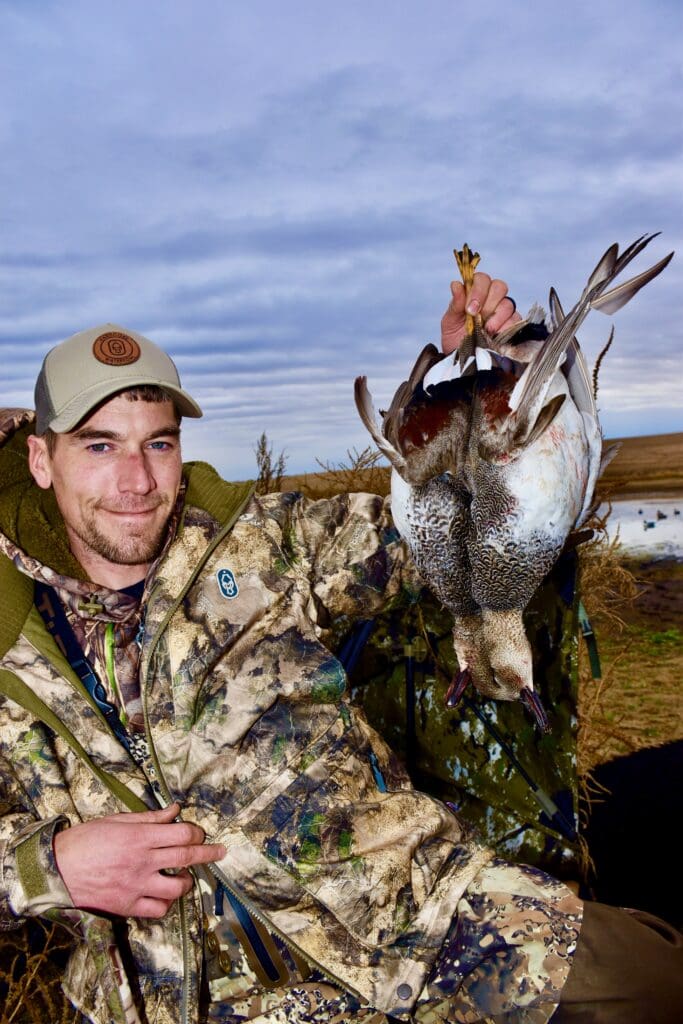
- Matt Gnatkowski with a pair of handsome drake gadwalls.
